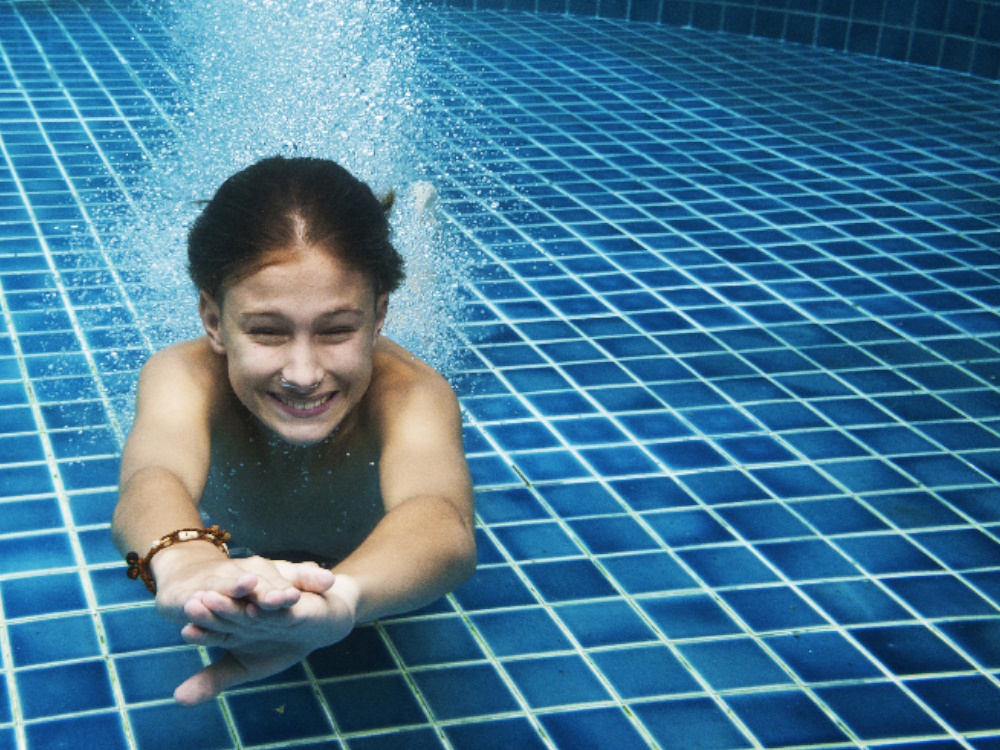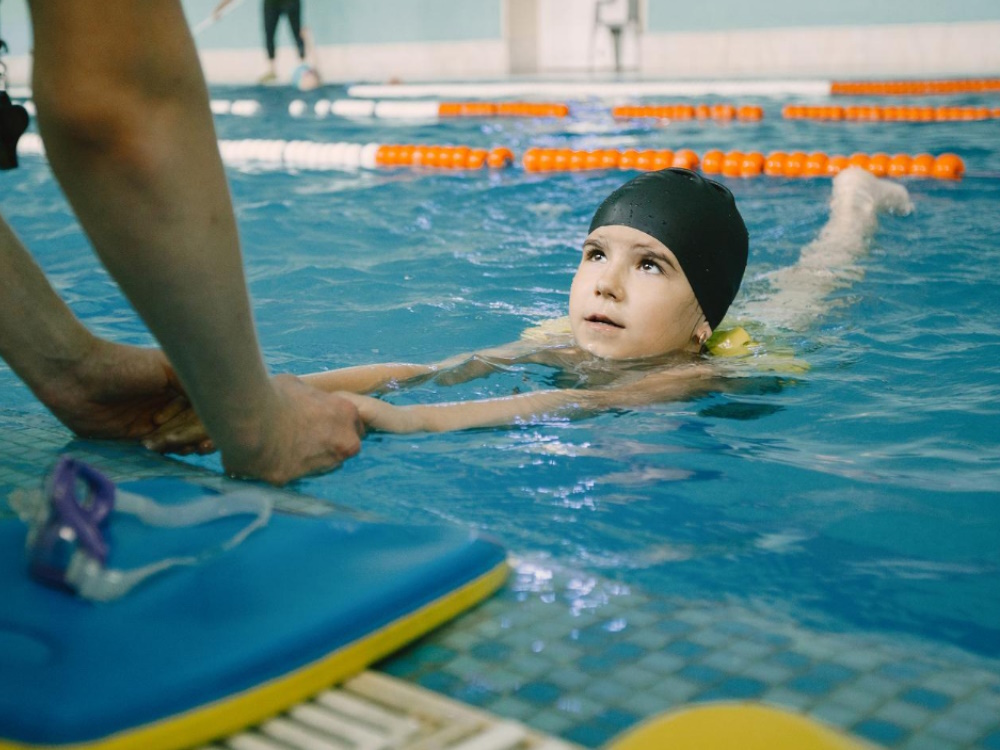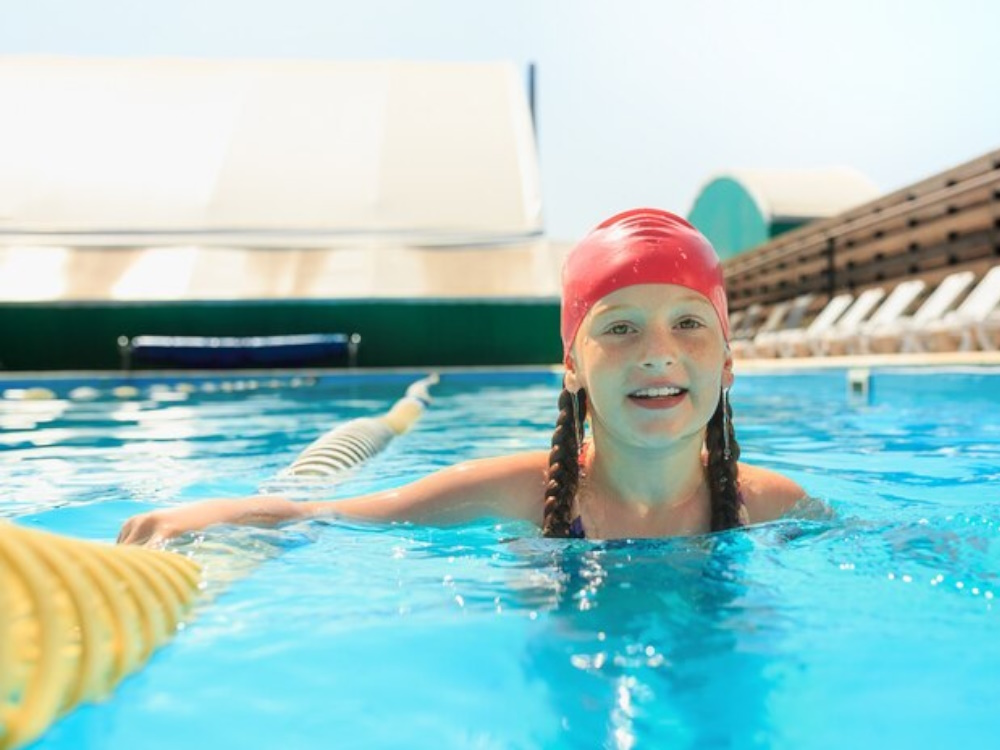Helping Children Overcome Fear of Swim Lessons

Swimming is a vital life skill. It is also a great activity that promotes health and safety. But, many children feel anxious or afraid of swimming lessons. Here are several strategies parents can use to help their child overcome fear and become more comfortable in the water:
1. Acknowledge Their Fear
2. Introduce Them to Water
Start with activities that get your child exposed to water. Familiarity can reduce fear. Start with non-threatening water play outside of a pool. This could be playing with water toys in the shower or bathtub. Pour water on their head and face, and encourage them to blow bubbles. Then progress to sitting on the steps of a pool. They’ll begin to explore deeper water as they become more confident. Gradually escalate to drills. Help and urge them to float on their back, blow bubbles, and dunk their face. If they swallow or inhale the water by accident, correct them. Then, show them the correct technique.
3. Choose the Right Swim School
Look for programs that focus on individual progress. They should have small class sizes or offer one-on-one sessions. Choose the one that best fits your child’s needs. Some need one-on-one coaching. Others might feel more confident swimming with a friend. Instructors should use gentle, fun, and patient teaching methods. These variables make a significant difference in your child’s comfort and skill level.
4. Be Present
5. Celebrate Small Achievements
Every small step forward is an achievement. Simple actions, like putting their face in the water or floating alone, are big milestones for a fearful child. Celebrate these moments enthusiastically. Your child will build confidence and associate swimming with positive experiences. This inspires them to continue pushing through boundaries.
6. Use Positive Reinforcement
Encourage your child with positive reinforcement. Focus on the progress they are making, rather than what they are not yet able to do. Avoid criticism. Instead, use reassurance and praise to motivate them. Children often thrive on positive feedback and are more likely to try new things.
7. Stay Patient and Consistent
Overcoming fear takes time. Remain patient and keep the routine consistent. Avoid taking long breaks between lessons as this can lead to regression. It’s normal for progress to be slow and non-linear. Consistency is key in helping your child build confidence and skill. Regular exposure to water helps make the experience normal. It reduces anxiety over time.
8. Lead by Example
Show your child how fun swimming can be. Join them in the water when you can. Your enthusiasm for swimming can be contagious. Demonstrating your own comfort and enjoyment in the water can be influential. Show how much you enjoy being in the pool by playing and swimming with them during family swim times.
9. Professional Help if Needed
10. Incorporate Fun Activities
A focus on enjoyment rather than just technique can make a significant difference. Swim lessons that incorporate games and fun activities are often more engaging and less intimidating for children. Seek instructors who use imaginative play and games to teach swimming skills. This not only makes swimming lessons enjoyable but can also distract from fear and anxiety.
Conclusion
Emphasizing positivity, patience, and persistence is crucial. They can help your child overcome their fear of swimming. Every kid is unique, and what works for one may not work for another. Be flexible and attentive to your child’s needs. Their responses will be key in finding the best approach for them. Remember, the goal is not only to teach them how to swim but to help them develop a lifelong love for the water.
Our Story
Relevant Articles & Blog Posts
Find expert insights, useful tips, and engaging stories to enhance your swimming journey. Read on and immerse yourself in a sea of valuable information!



